Canada’s national and provincial parks are home to an incredible variety of native tree species. From towering conifers to graceful deciduous trees, these diverse species contribute to the stunning landscapes and rich ecosystems found throughout the country’s protected areas. With each park offering its unique set of tree species adapted to the local environment, visitors can enjoy the beauty and ecological significance of these natural wonders.

Importance of understanding and identifying native tree species for park visitors, conservationists, and researchers
Identifying native tree species in Canada’s national and provincial parks is essential for many reasons. For park visitors, understanding the tree species enhances their appreciation of nature and allows them to better connect with the environment. For conservationists and researchers, accurate identification is crucial for monitoring tree populations, assessing the health of ecosystems, and implementing effective conservation strategies.
The role of trees in Canada’s ecosystems and their impact on wildlife
Trees play a vital role in Canada’s ecosystems. They provide food, shelter, and nesting sites for a variety of wildlife species, contribute to soil and water conservation, and act as carbon sinks that help mitigate climate change. By understanding and appreciating native tree species, we can better protect and preserve these essential components of Canada’s natural heritage.
The Basics of Tree Identification
Terminology and concepts used in tree identification
Before venturing into the world of tree identification, it’s essential to familiarize yourself with the terminology and concepts involved. Key terms include:
- Leaf: The primary organ of photosynthesis in trees, typically flat and green.
- Needle: The narrow, elongated leaves characteristic of coniferous trees.
- Deciduous: Trees that lose their leaves annually, typically in the fall.
- Coniferous: Trees with needle-like leaves that usually remain on the tree year-round.
- Bark: The protective outer covering of a tree’s trunk, branches, and twigs.
Tools and resources for tree identification
Several tools and resources can help you identify native tree species in Canada’s parks:
- Field guides: Printed or digital guides that provide descriptions, illustrations, and identification tips for various tree species.
- Mobile apps: Smartphone applications that use image recognition or user inputs to assist with tree identification.
- Websites: Online resources, such as Trees of Canada, provide information on tree species, their habitats, and how to identify them.
Tips and techniques for successful identification
Here are some tips for successful tree identification in Canada’s parks:
- Observe the leaves or needles: Examine their shape, size, color, and arrangement on the branches.
- Study the bark: Look for patterns, texture, and color that can help distinguish different tree species.
- Consider the tree’s location: The habitat and geographic region can provide clues to a tree’s identity.
- Take note of any flowers, fruits, or cones: These reproductive structures can be crucial for identifying certain tree species.
Key Tree Species in Canada’s National and Provincial Parks
Coniferous trees
- Eastern White Pine (Pinus strobus)
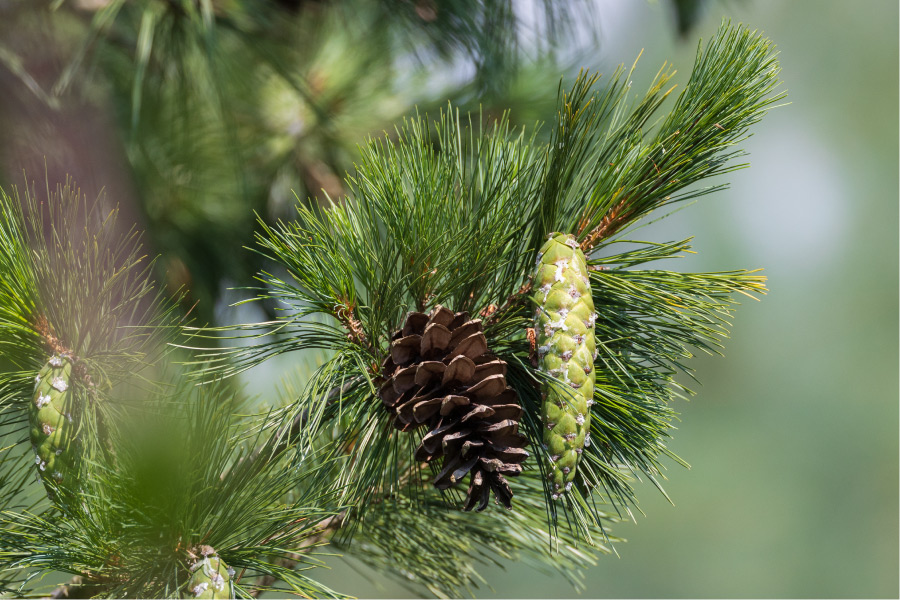
The Eastern White Pine is native to eastern North America and can be found in several Canadian parks, including Algonquin Provincial Park in Ontario. With its long, blue-green needles and distinctive, symmetrical shape, this tree species can grow up to 50 meters tall.
- Balsam Fir (Abies balsamea)
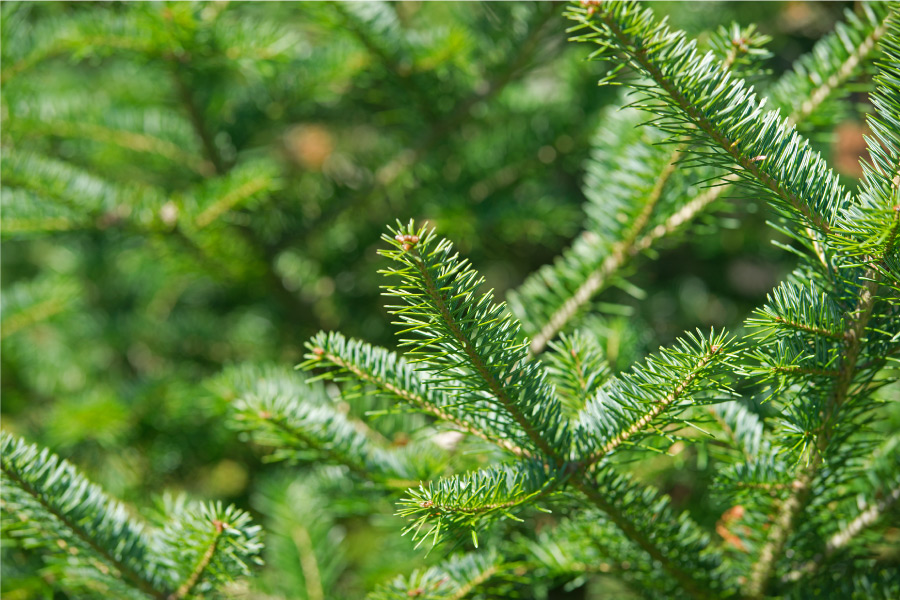
The Balsam Fir is a small to medium-sized coniferous tree native to Canada’s boreal forests. It has short, flat needles that are dark green on top and silvery-white underneath. This tree species is commonly found in parks such as Gros Morne National Park in Newfoundland and Labrador.
- Western Red Cedar (Thuja plicata)
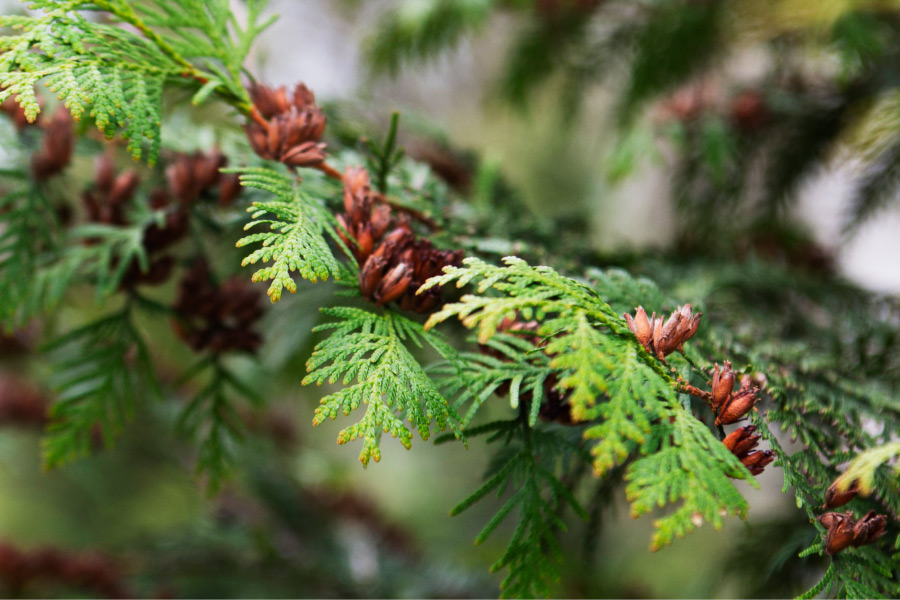
A native tree species of the Pacific Northwest, the Western Red Cedar can be found in parks like Pacific Rim National Park Reserve in British Columbia. This tree is known for its reddish-brown bark that peels off in long strips, as well as its scale-like, aromatic foliage.
- Lodgepole Pine (Pinus contorta)
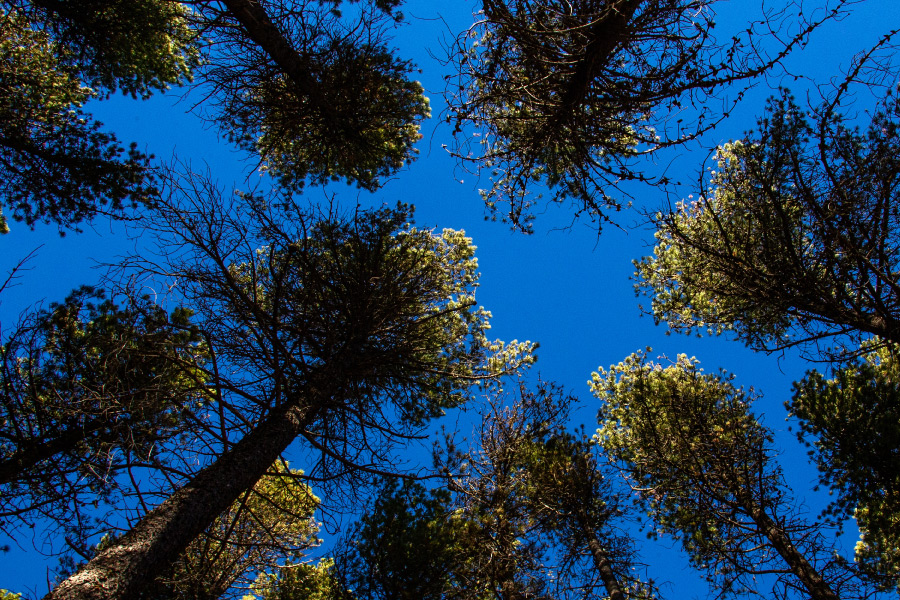
The Lodgepole Pine is a slender, tall coniferous tree that grows in various parks across western Canada, including Banff National Park in Alberta. Its needles are bundled in pairs, and its cones are often serotinous, requiring heat from fires to open and release seeds.
- Sitka Spruce (Picea sitchensis)
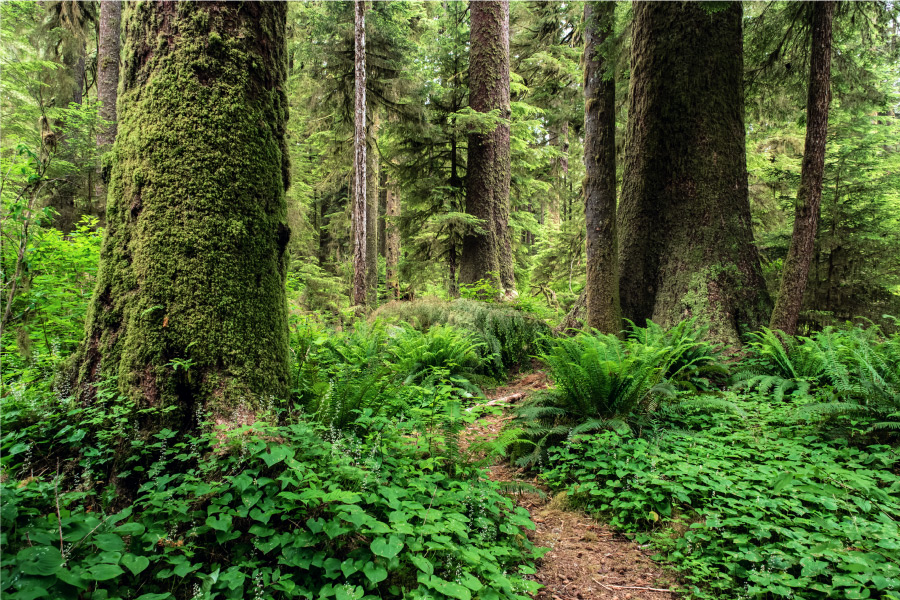
The Sitka Spruce is a large coniferous tree native to the west coast of North America. It can be found in parks like Gwaii Haanas National Park Reserve in British Columbia. This tree species has sharp, stiff needles and distinctive, hanging cones.
Deciduous trees
- Sugar Maple (Acer saccharum)
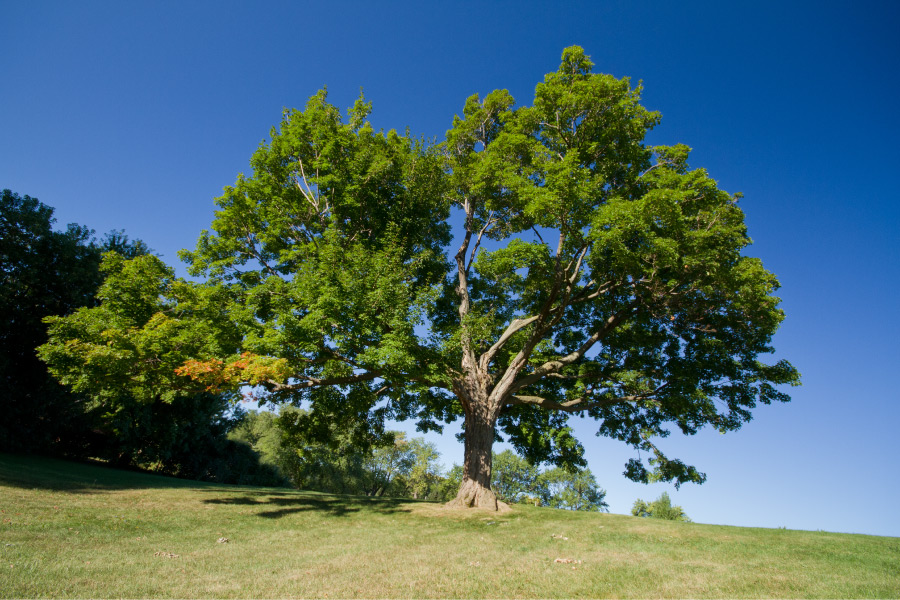
The Sugar Maple is a deciduous tree native to eastern Canada and can be found in parks such as La Mauricie National Park in Quebec. Known for its vibrant fall foliage and the production of maple syrup, the Sugar Maple has palmate leaves with five lobes and smooth, gray bark.
- Trembling Aspen (Populus tremuloides)
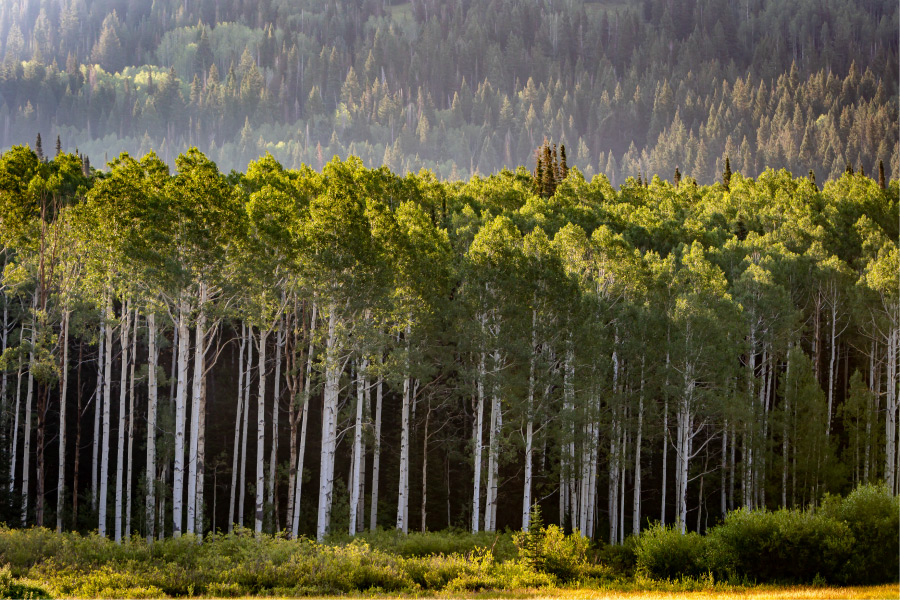
The Trembling Aspen, also known as Quaking Aspen, is a deciduous tree species with a wide distribution across Canada. Its heart-shaped leaves with finely toothed edges are known for their fluttering movement in the breeze. This tree can be found in numerous parks, including Riding Mountain National Park in Manitoba.
- Black Walnut (Juglans nigra)
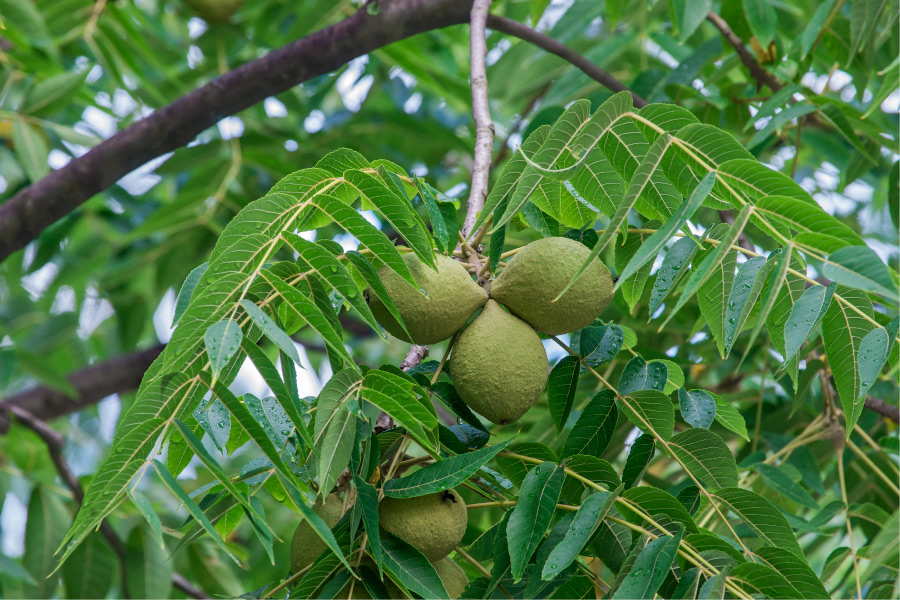
The Black Walnut is a deciduous tree species native to eastern North America. It can be found in parks like Point Pelee National Park in Ontario. Known for its valuable wood and edible nuts, the Black Walnut has compound leaves and dark, deeply furrowed bark.
- White Birch (Betula papyrifera)
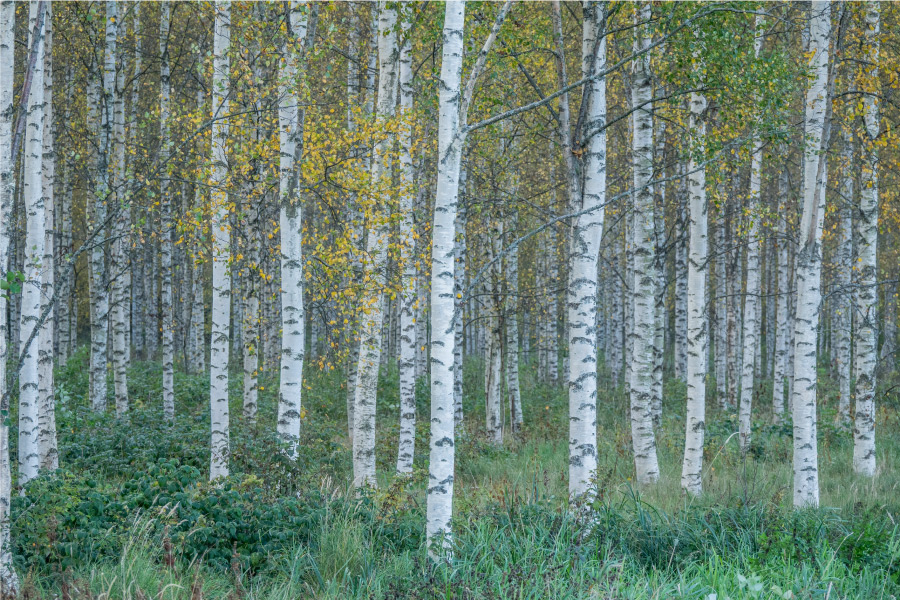
The White Birch, also known as Paper Birch, is a deciduous tree with distinctive white, peeling bark. It can be found in parks such as Pukaskwa National Park in Ontario. The tree has simple, ovate leaves with serrated margins.
- Red Oak (Quercus rubra)

The Red Oak is a deciduous tree species native to eastern North America. It can be found in parks like Kejimkujik National Park in Nova Scotia. Known for its deeply lobed leaves and acorns, the Red Oak has bark with a rough, ridged texture.
By learning to identify these native tree species and appreciating their roles in Canada’s national and provincial parks, visitors can enhance their connection with nature and contribute to the ongoing conservation and stewardship of these precious ecosystems.
Unique Tree Species in Specific Parks
Coastal parks and their distinct tree species
Canada’s coastal parks host a variety of unique tree species that have adapted to the specific conditions found in these environments. For example, Pacific Rim National Park Reserve in British Columbia is home to the Sitka Spruce (Picea sitchensis) and Western Hemlock (Tsuga heterophylla), which thrive in the moist, cool climate of the coastal rainforest. In contrast, the coastal parks of Atlantic Canada, such as Fundy National Park in New Brunswick, support the growth of Eastern Hemlock (Tsuga canadensis) and Balsam Fir (Abies balsamea).
Boreal forests and their characteristic tree species
The vast boreal forests of Canada, which stretch from Newfoundland and Labrador to the Yukon, are characterized by an abundance of coniferous tree species such as Black Spruce (Picea mariana), Jack Pine (Pinus banksiana), and Tamarack (Larix laricina). These species have adapted to the harsh climate and poor soil conditions of the boreal region, and can be found in parks like Wood Buffalo National Park in Alberta and Northwest Territories, as well as the Torngat Mountains National Park in Newfoundland and Labrador.
Mountain parks and their unique tree species
Mountain parks in Canada, such as Banff National Park in Alberta or Glacier National Park in British Columbia, boast a diverse range of tree species that have adapted to the elevation and climate variations. Some of these species include the Subalpine Fir (Abies lasiocarpa), Engelmann Spruce (Picea engelmannii), and Mountain Hemlock (Tsuga mertensiana).
Wetland parks and their distinct tree species
Wetland parks, like Point Pelee National Park in Ontario or Elk Island National Park in Alberta, provide unique habitats for tree species that thrive in moist, waterlogged environments. Some of these tree species include the Eastern Cottonwood (Populus deltoides), Black Ash (Fraxinus nigra), and Red Maple (Acer rubrum).
The Role of Trees in Ecosystems and Wildlife Habitats

Food sources for various wildlife species
Trees are a vital food source for a diverse range of wildlife species in Canada’s national and provincial parks. For example, Black Bears (Ursus americanus) and Grizzly Bears (Ursus arctos horribilis) feed on berries and nuts from trees, while squirrels and chipmunks rely on tree seeds such as acorns and pine cones. Additionally, insects and birds feed on the leaves, bark, and nectar of various tree species.
Shelter and nesting sites for birds and mammals
Trees also provide essential shelter and nesting sites for a wide variety of bird and mammal species. For instance, cavity-nesting birds like woodpeckers and owls depend on tree hollows for nesting, while songbirds such as warblers and sparrows build their nests in the branches of trees. Larger mammals like lynx and fishers also use tree cover for shelter and to evade predators.
Trees’ role in soil and water conservation
Trees play a crucial role in maintaining the health of ecosystems in Canada’s parks by conserving soil and water resources. Tree roots help stabilize soil, preventing erosion and landslides, while the tree canopy intercepts rainfall, reducing the impact of heavy rains on the ground. Moreover, trees absorb and store carbon dioxide, playing a significant role in mitigating climate change.
Conservation and Reforestation Efforts in Canadian Parks
Challenges facing native tree species
Canada’s native tree species face various challenges, such as habitat loss, invasive species, pests, diseases, and the impacts of climate change. As a result, many parks in Canada are working on conservation efforts to protect and preserve these valuable natural resources.
Programs and initiatives to protect and restore tree populations
Several programs and initiatives have been established in Canada to protect and restore tree populations within national and provincial parks. These initiatives include reforestation projects, invasive species management, and the establishment of protected areas to safeguard critical habitats. Parks Canada, along with provincial park agencies, work with researchers, non-governmental organizations, and local communities to implement these programs.
The role of park visitors in tree conservation
Park visitors can also play an essential role in tree conservation within Canada’s national and provincial parks. By adhering to park regulations, such as staying on designated trails, not disturbing or removing plants, and properly disposing of waste, visitors can help protect the delicate ecosystems that support Canada’s diverse tree species. Furthermore, park visitors can participate in volunteer programs, such as tree planting initiatives, to help restore native tree populations and support conservation efforts.
By understanding and appreciating the diverse tree species found in Canada’s national and provincial parks, visitors can enhance their park experience and contribute to the ongoing conservation efforts that help protect these vital natural resources. As we explore these magnificent parks, let us remember the essential role trees play in our ecosystems and the importance of preserving these habitats for future generations.
Connecting with Nature Through Tree Identification
The benefits of learning to identify native tree species
Learning to identify native tree species in Canada’s national and provincial parks offers numerous benefits. It fosters a deeper connection with nature, enhances the park experience, and helps visitors develop a greater appreciation for the delicate balance within ecosystems. Additionally, this knowledge can spark an interest in ecology and conservation, motivating individuals to become more engaged in preserving these vital natural resources.
Incorporating tree identification into hikes and park visits
Incorporating tree identification into hikes and park visits can add a new dimension to outdoor adventures. Observing the unique characteristics of each tree species, such as their bark, leaves, and growth patterns, can provide a greater understanding of the natural world. This activity can be enjoyed solo or with friends and family, making it an educational and engaging pastime for all ages.
Citizen science opportunities and community involvement
Citizen science programs offer opportunities for park visitors to contribute to scientific research and conservation efforts by collecting data on tree species and their distribution. Participating in these programs can help raise awareness about the importance of trees and their role in ecosystems while providing valuable data for researchers and park managers. Furthermore, community involvement in tree planting events and conservation initiatives can help preserve and restore native tree populations in Canada’s parks.
Additional Resources for Tree Identification
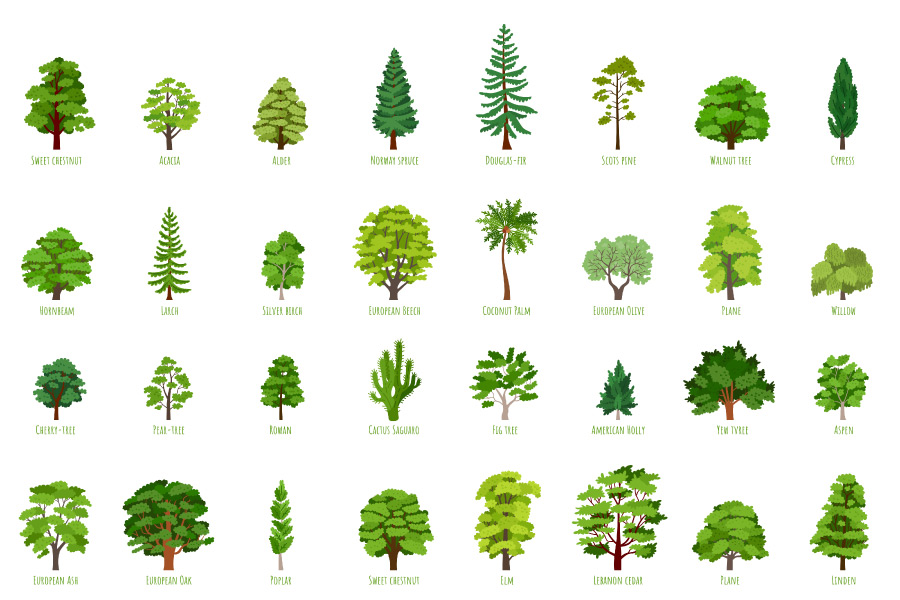
Field guides and mobile apps
There are numerous field guides and mobile apps available to assist with tree identification in Canada’s national and provincial parks. These resources often include detailed descriptions, photographs, and illustrations of native tree species, making it easy for users to identify trees during their park visits.
- iNaturalist : a popular mobile app that allows users to upload photographs of plants and animals for identification by a community of experts and enthusiasts. The app is useful for identifying native tree species in Canada’s parks and contributes to a global database of biodiversity.
- TreeBook : a mobile app specifically designed for identifying tree species in Canada. It includes descriptions, images, and range maps for over 160 native and introduced tree species, making it a valuable resource for park visitors.
Courses and workshops
Many organizations, including parks agencies, conservation groups, and educational institutions, offer courses and workshops on tree identification and ecology. These classes provide hands-on experience and expert guidance, helping participants develop a solid foundation in tree identification skills.
- Native Plant Master Program :Offered through various educational institutions and conservation organizations, the Native Plant Master Program provides courses and workshops on native tree identification, ecology, and management.
- Local naturalist clubs and nature centers :Many local naturalist clubs and nature centers offer tree identification courses and workshops, providing hands-on experience and expert guidance in identifying native tree species.
Online resources and communities for tree enthusiasts
The internet offers a wealth of resources and online communities for tree enthusiasts. Websites, forums, and social media groups dedicated to tree identification and ecology can provide valuable information, tips, and support for those interested in learning more about Canada’s native tree species.
- Reddit’s /r/marijuanaenthusiasts :Despite its misleading name, this subreddit is dedicated to tree enthusiasts who share their knowledge, experiences, and photos of trees from around the world, including Canada’s native species.
- iNaturalist’s Canada Trees Project : This project within the iNaturalist platform encourages users to contribute observations of native and introduced tree species in Canada, helping to build a comprehensive database of the country’s tree biodiversity
The importance of appreciating and understanding native tree species in Canada’s parks
Appreciating and understanding native tree species in Canada’s national and provincial parks is essential for fostering a connection with nature and promoting conservation efforts. By learning to identify and value these unique trees, park visitors can contribute to the preservation of these vital ecosystems and enhance their overall park experience.
Encouragement for readers to learn more and actively engage with nature through tree identification
We encourage readers to explore the world of tree identification and actively engage with nature during their visits to Canada’s national and provincial parks. By doing so, you can deepen your connection with the natural world, contribute to the ongoing conservation efforts, and create lasting memories that will inspire a lifelong appreciation for Canada’s diverse and beautiful tree species.
